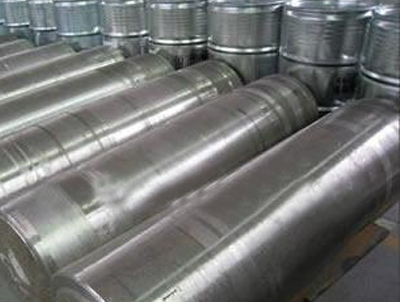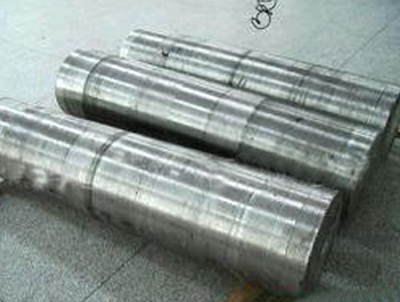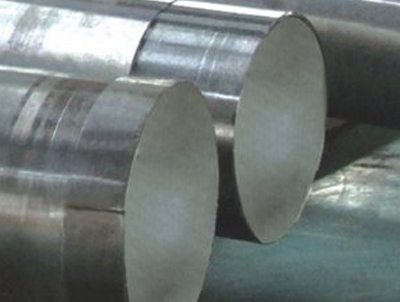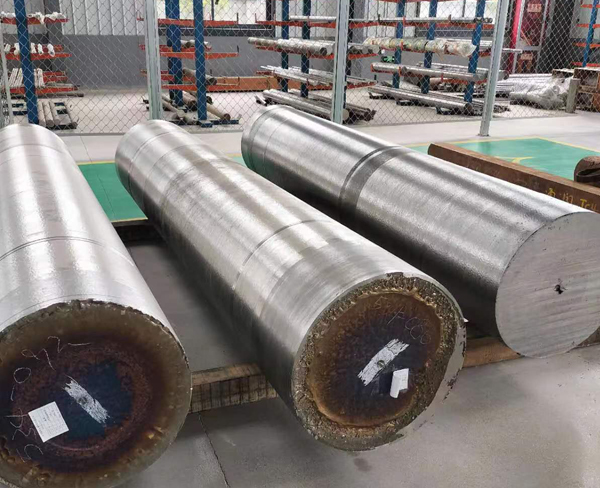Location:Home>>News & Events
Scientists Invent a New Steel as Strong as Titanium
Views :
Update time : 2016-09-18
From shipping containers to skyscrapers to turbines, good old steel is still the workhorse of our modern world. Now, scientists are discovering new secrets to make the material better, lighter, and stronger.
Today a team of material scientists at Pohang University of Science and Technology in South Korea announced what they're calling one of the biggest steel breakthroughs of the last few decades: an altogether new type of flexible, ultra-strong, lightweight steel. This new metal has a strength-to-weight ratio that matches even our best titanium alloys, but at one tenth the cost, and can be created on a small scale with machinery already used to make automotive-grade steel. The study appears in Nature.
"Because of its lightness, our steel may find many applications in automotive and aircraft manufacturing," says Hansoo Kim, the researcher that led the team.
BEND, DON'T BREAK
The key to creating this new super-steel was overcoming a challenge that had plagued materials scientists for decades. In the 1970's, Soviet researchers discovered that adding aluminum to the mix when creating steel can make an incredibly strong and lightweight metal, but this new steel was unavoidably brittle. You'd have to exert lots of force to reach the limit of its strength, but once you did, the steel would break rather than bend.
Scientists soon realized the problem: When creating the aluminum-steel alloy, they were occasionally fusing atoms of aluminum and iron together to form tough, crystalline structures called B2. These veins and nuggets of B2 were strong but brittle—until Kim and his colleges devised a solution.
"My original idea was that if I could somehow induce the formation of these B2 crystals, I might be able to disperse them in the steel," he says. The scientists calculated that if small B2 crystals were separated from one another, then the surrounding alloy would insulate them from splintering.
Currently, steelmakers use a silicate layer to cover and protect mass-produced steel from oxidation with the air and contamination from the foundry. This silicate can't be used for Kim's steel because it has a tendency to react with the cooling aluminum, compromising the final product. Before we starting building skyscrapers out of super-steel, they'll have to figure out a way to protect the material out in the real world.
It'll be worth it. The final product of all this tinkering "is 13 percent less dense compared to normal steel, and has almost the same strength-to-weight ratio compared to titanium alloys," Kim says. That's remarkable, but Kim insists that the method is actually more important than the result. Now that his results are published, he expects scientists to cook up a multitude of new alloys based on the B2-dispersion method.
Related Product
Read More >>
© 2023 Baoji Tongrun Metal Materials Co., Ltd. All Rights Reserved.






